How Much Does Akoya Pearls Cost?

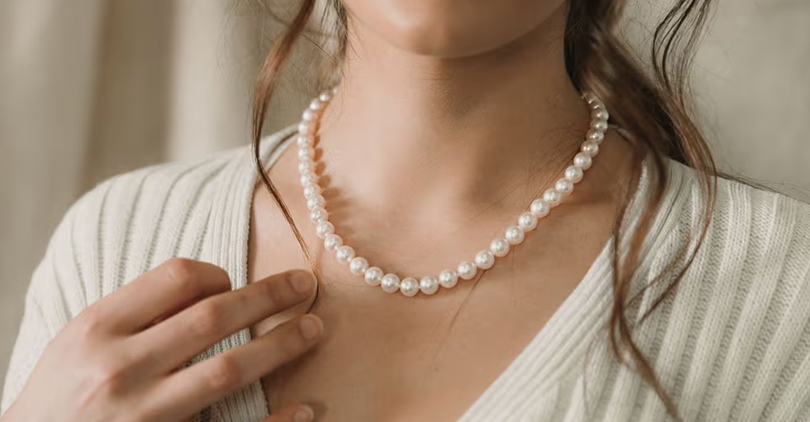
The beauty of Akoya pearls never fades, and I speak from professional experience. These classic gems are a sight to behold. A surefire way for pearl fans to invest in elegance is by opting for round, shiny Akoya pearls. Japan's rarity-rich waters are where these wonders are farmed.
Though not the priciest pearls out there, you'll still need some cash if you want to buy them yourself. An Akoya's price can vary widely depending on its shape (rounder is better), size (higher ones cost more), and surface quality, among other factors.
Please make no mistake: Akoyas may be cheaper than many other types of pearls, but they're still classy! Need proof? Just look at any piece of fine jewelry featuring one or more.
If you're after something traditional that will look great for years to come, then Akoyas should be your first port of call. And we're here to tell you exactly what makes them so special – read on!
What Affects Akoya Pearls Cost?
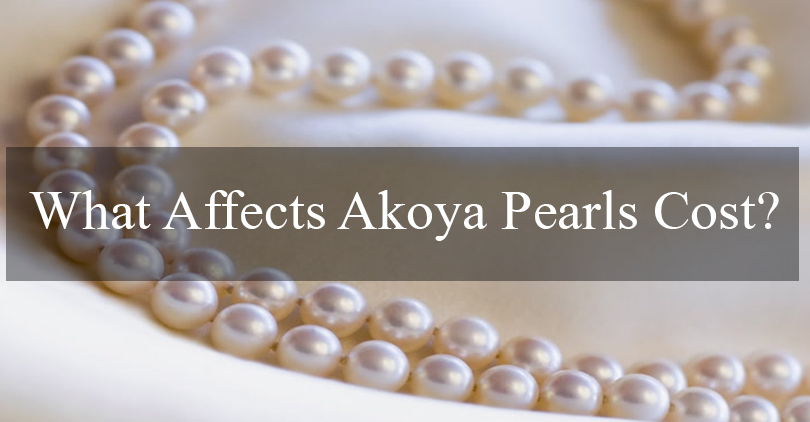
Factors affecting the price of Akoya pearls include size, shape, color, surface quality, and luster. These characteristics determine an overall value that is reflected in pricing for these gems.
Generally speaking, larger and rounder pearls with better-quality surfaces command higher prices. Let's explore these factors in detail:
Luster
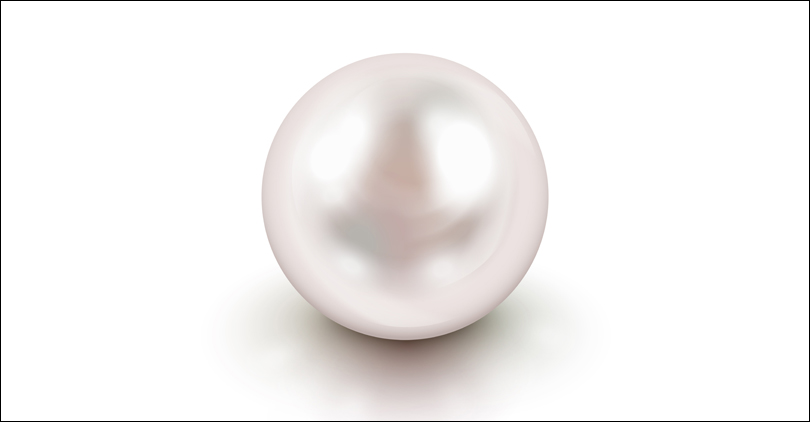
A pearl's luster is the most important factor to consider when evaluating its quality – and pricing it. It refers to how well a gem carries light on its surface. High-luster pearls appear brilliant and shiny with deep mirror-like reflections that indicate good nacre.
The difference between a pearl with exceptional luster and one without can be several times in price. A necklace of Akoya pearls with exceptional luster might carry a price tag of over $3k, while those with mediocre examples could cost even as low as $200.
So, this 5.5-6.0mm Blue-grey Akoya Pearl Tin Cup Necklace in 18K Gold with high luster is significantly cheaper than this one - 7.0-7.5mm White Akoya Pearl Necklace - with very high luster.
Size
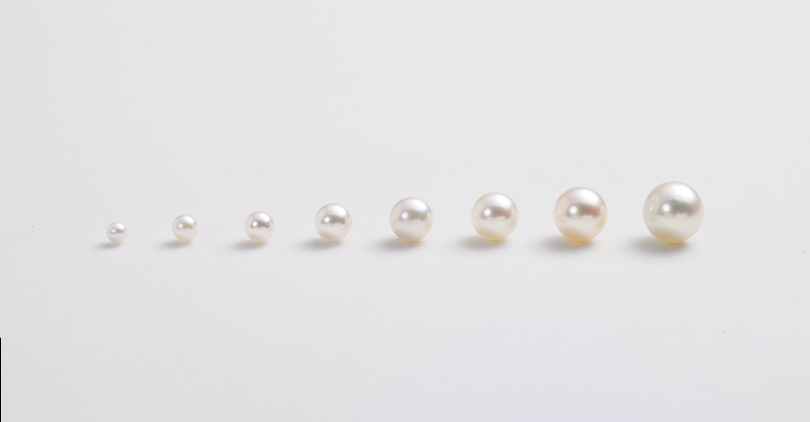
Size plays a major role in Akoya pearl pricing, as larger pearls are generally more valuable. Typically ranging from 2mm to 11mm across, Akoya pearls above 8mm are considered rare and command higher prices.
Price can increase exponentially with size. For example, a necklace of 4.5-5.0 mm Akoya pearls might retail for around $800, while one with similar quality 8.5-9.0 pearls could easily exceed $1,800.
The rarity of larger pearls, plus the demand for bold jewelry, makes size an important price influencer in itself.
Surface Complexion
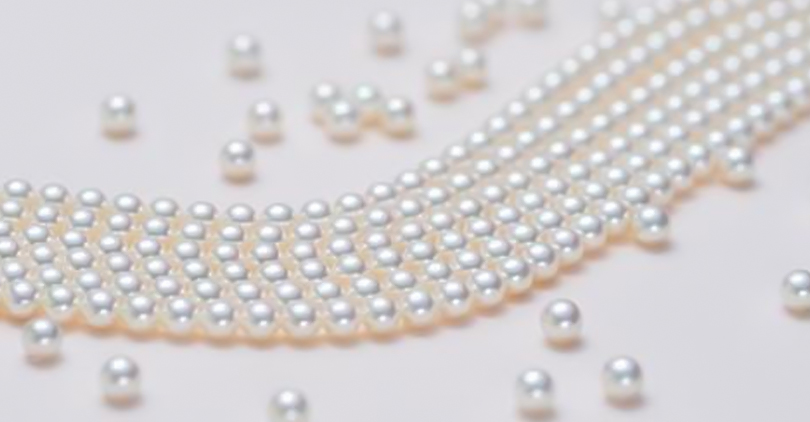
The cleanliness or complexion of a pearl's surface is an important factor. Pearls with smooth, blemish-free surfaces are more expensive and desirable than those with spots, blemishes, or irregularities – even minor ones can greatly reduce a pearl's value.
For example, an Akoya necklace made up of perfectly round pearls with flawless surfaces may cost upwards of $2,000. The same style containing pearls that have noticeable surface imperfections could be valued at under $1,000.
So, this 3.5-4.0mm Blue-grey Baroque Akoya Pearl Necklace in AAA quality costs just around $400, while a similar 3.0-3.5mm Blue-grey Akoya Pearl Chain Necklace in AAAAA quality costs more than $1,000.
A clean-surfaced pearl means that its beauty and luster are not distracted by marks or other "faults," which in turn enhance its visual appeal.
Color
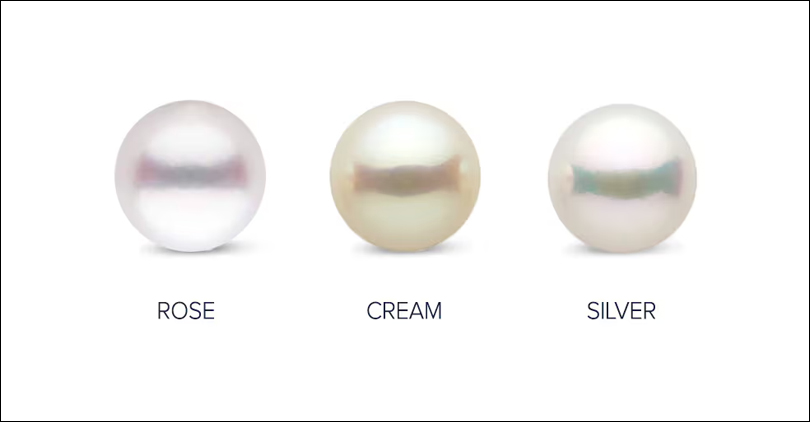
Akoya pearls are known for their white or cream hues, which may include pink, silver, or green overtones. The color of Akoya pearls affects the price, and some shades command higher prices than others.
With a pearl, having a rare or particularly appealing hue can result in it being more expensive. For instance, a strong rose overtone on a white pearl is highly sought after.
For example, an 8.5-9.0mm White Akoya Pearl Diana Pendant in 18K Gold costs approximately $400, while a 5.0-6.5mm Akoya Pearl Meteor Pendant in 18K Gold is much cheaper.
Color preference is personal, but universally admired colors fetch the highest prices.
Shape
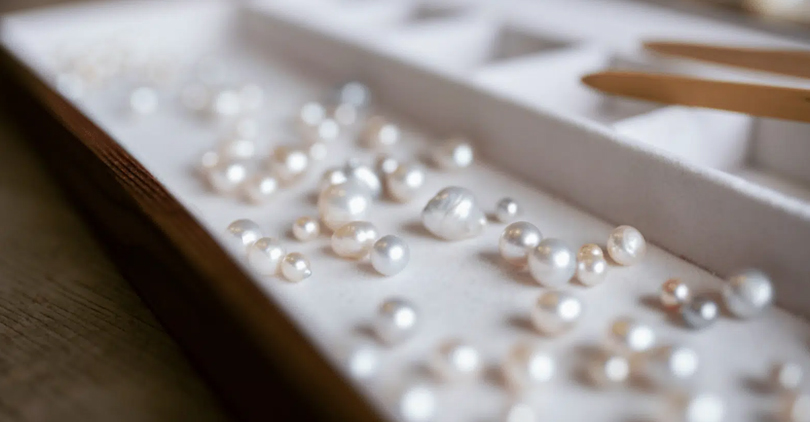
The value of a pearl is significantly influenced by its shape. Because of their rarity and the desire for symmetry in jewelry, round pearls are the most popular and expensive.
Round Akoya pearls that are perfectly spherical are uncommon, which is why they might be much more cherished than off-round or baroque pearls as part of a piece of jewelry.
For instance, a perfectly round 7.0-7.5mm White Akoya Pearl Necklace could be priced at approximately $5000, while a similar 8.0-9.0mm Blue-grey Baroque Akoya Pearl Necklace might be less than $1000.
Most types of jewelry tend to benefit from symmetry because it has visual appeal and is something many people find desirable.
Stringing & Clasps
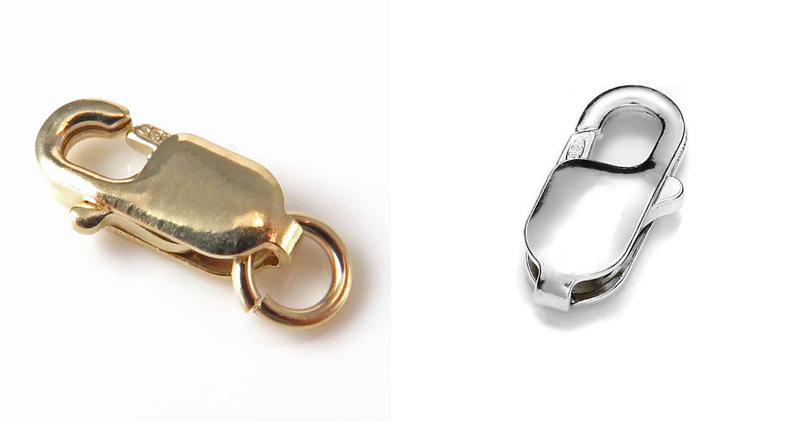
The quality of stringing and the material used for clasps can also impact the overall pricing of Akoya pearl jewelry. High-quality stringing ensures that pearls are uniformly spaced and securely strung, which enhances both their aesthetic appeal and durability.
Clasps made from precious metals such as 18k gold or platinum will add greater value to a piece of jewelry. For example, an Akoya pearl necklace with high-quality silk thread and a 14k gold clasp may be priced at $1000 more than one with a sterling silver clasp.
The craftsmanship involved in creating a beautifully strung and securely clasped piece of pearl necklaces or bracelets can significantly boost retail value.
Akoya Pearls Cost Compared to Other Types of Pearls
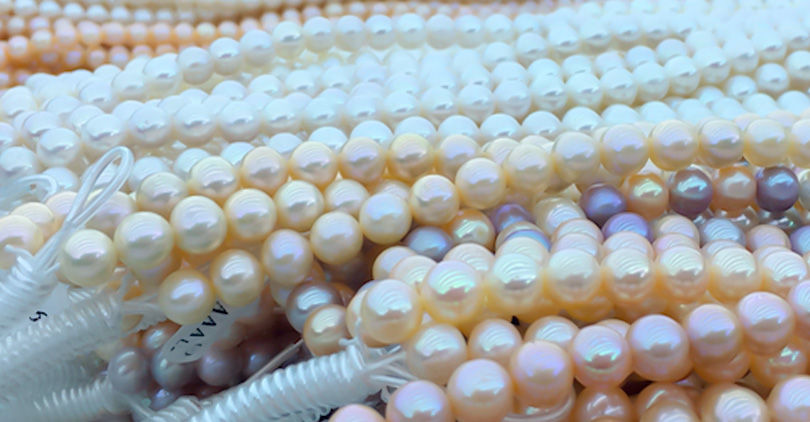
When it comes to pearls, Akoya pearls are a class act. Prized for their exceptional luster, classic round shape, and pristine white color with pink overtone, they are primarily produced in Japan and China and have long been the go-to pearl for fine jewelry.
However, when you compare them to other types of pearls, such as South Sea, Tahitian, or Freshwater Pearls, you start to see differences in cost that mostly come down to size, color, luster – and rarity.
South Sea Pearls
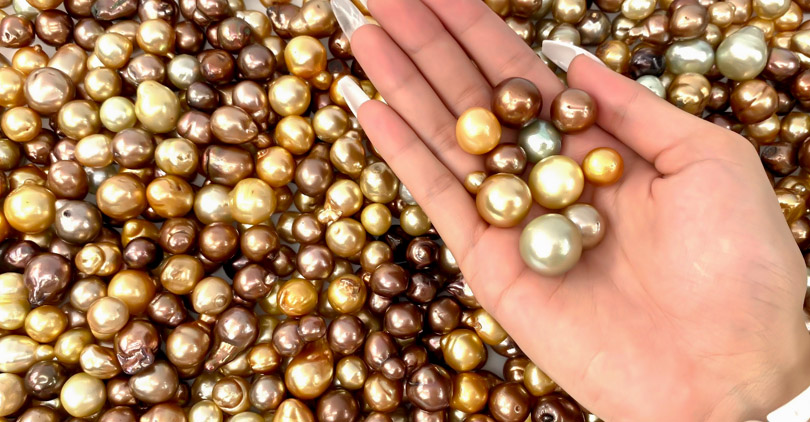
Boasting sizes anywhere from 9mm to 20mm, South Sea Pearls remain some of the largest and most opulent pearls available.
Harvested in the balmy waters of Australia, Indonesia, and the Philippines, their fabulous size, substantial nacre (the pearly stuff), and satiny luster make them impressive gems.
This type of pearl comes in creamy white shades or can be golden – a hue so rare that it's highly prized.
The fact that they're bigger than Akoya makes them more expensive, too: a single pearl can cost anything from hundreds to thousands of pounds. So, a strand can set you back tens of thousands.
Tahitian Pearls
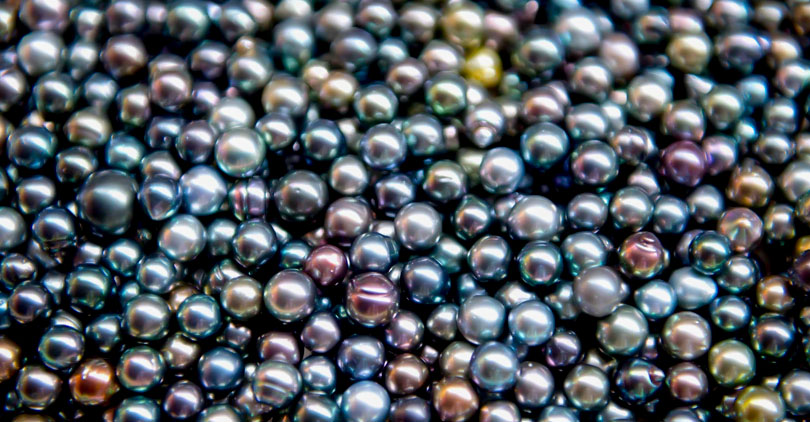
Cultivated in the waters of French Polynesia, Tahitian Pearls are known for their deep, exotic colors – from metallic silver to deepest black – and green, blue, or purple overtones. They range in size from 8mm to 18mm.
Their unique colors and overtones – which no other pearl type can match – make these pearls treasured items. Their prices generally sit higher than Akoya pearls because of their different color spectrum and the fact that they are larger.
The scarcity of these colors, as well as size and origin mystique, mean Tahitians often appeal to consumers looking for more daringly colored pearl jewelry that is outside the norm.
Freshwater Pearls
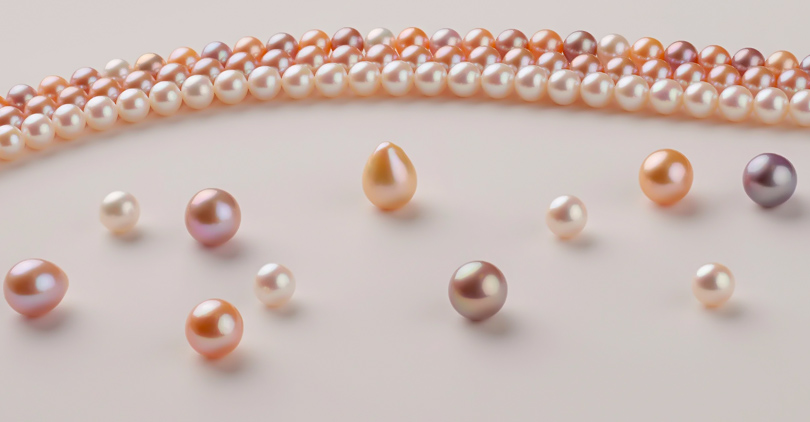
Freshwater Pearls, which are primarily cultivated in lakes and rivers in China, tend to be the most affordable. They come in a huge range of colors, sizes, and shapes, thanks to advances in culturing techniques that have improved quality and luster.
But they generally don't have the same high luster or perfectly round shape as Akoya pearls.
Their affordability and range mean freshwater pearls are popular for daily wear and novelty designs by contemporary jewelers – prices are significantly lower than Akoya, South Sea, or Tahitian.
Conclusion
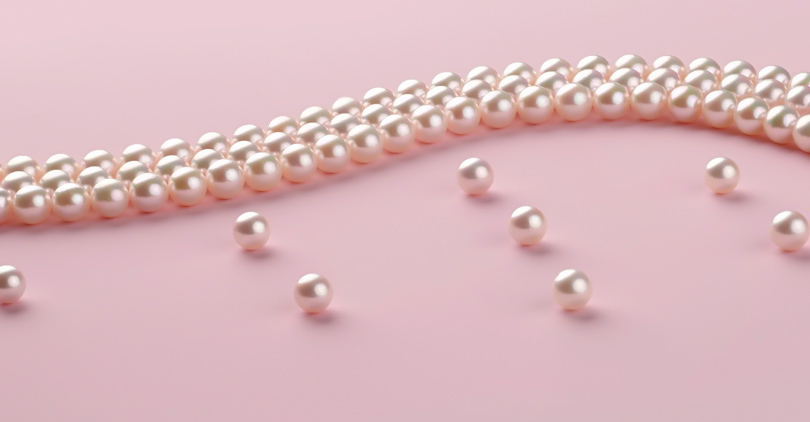
If you want to add a touch of class and luxury to your jewelry collection, then Akoya pearls are just the thing for you. The natural beauty and superb quality of these beautiful gems have made them a firm favorite among connoisseurs the world over.
Although they may be more expensive than other types of pearl, their timeless appeal and stand-out qualities make them worth every penny.
Whether you're treating yourself or someone else, Akoya pearls always hit the mark. So why not embrace your elegant side with Akoya pearls today? They'll light up your life for years – it's guaranteed!
FAQs
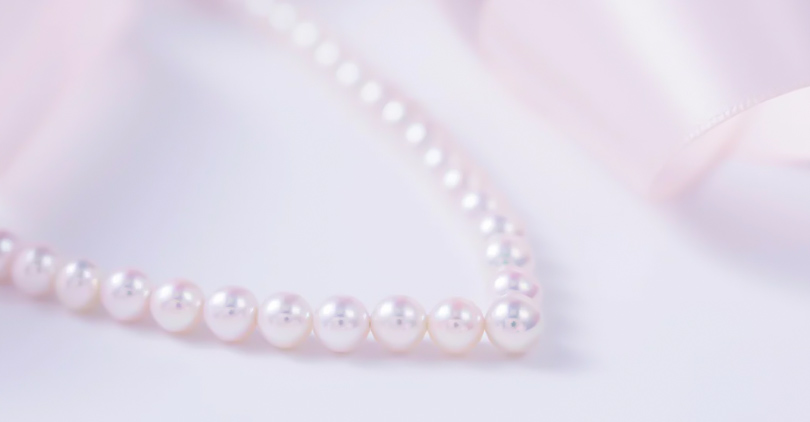
What colors, shapes, and sizes are available?
Typically coming in white or cream colors, Akoya pearls may have overtones of silver, pink, or blue. Ranging from 5mm to 11mm, they are usually perfectly round. Given their rarity and exceptional quality, these pearls are highly sought after and among the most valuable ones available.
How rare and valuable are Akoya pearls?
Akoya pearls are highly sought-after by jewelry enthusiasts because of their rarity, value, and meticulous cultivation process, making them more valuable than freshwater pearls. Their desirability is enhanced by their high luster, fine surface quality, and round shape.
Where do Akoya pearls come from?
Originating from Japan, Akoya pearls are cultivated in the Akoya oyster species and are famous for their remarkable sheen and flawless appearance.
Which is better, Akoya or freshwater pearl?
Deciding whether to choose Akoya or freshwater pearls comes down to personal taste. Fans of round pearls with a superb sheen tend to go for the former – though those looking for something more diverse in terms of color and shape (and not quite as pricey) should opt for the latter.
Why are Akoya pearls so special?
When it comes to beauty, shape, and shine, few pearls compare with Akoya pearls. These marvels of nature are in a class all their own for several reasons:
- Rarity.
- The sophisticated way they grow.
- Their decades-long reputation as symbols of elegance.


Leave a Comment